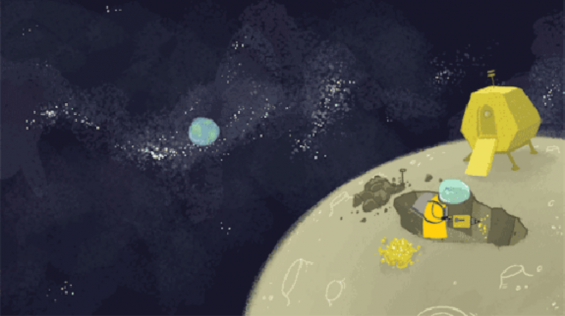
An animated lesson full of adorable animals made of autumn leaves
Ten percent of plant matter gets eaten while it is alive. The other 90% falls to the ground and becomes detritus, which supports microbes, insects and, yes, us, as we feed on animals that grazed on it and plants that grow in it.
When it came time to animate a TED-Ed lesson about this so-called “brown food chain,” the animation team of Celeste Lai, Lisa LaBracio and Biljana Labovic had an idea. LaBracio had a vast collection of dried leaves at home, and the trio conspired to create animals by layering these leaves into a visual representation of the idea that all living things are made up of dead matter.
“I’ve had a collection of dried leaves and flowers since I was 8 or 9,” says LaBracio, who designed the backgrounds and animated the video. “I hunted for fallen leaves in my backyard and rescued dying bouquets to press between book pages. I’ve always found it fascinating that you can freeze a moment in time this way — and I’m taken with the different colors and patterns that emerge depending on how long a leaf has been on the ground. It’s pretty hard to get anywhere with me during the fall; I’m looking at the ground constantly, stopping every few seconds to grab something.”
In the lesson, these leaves become an owl, a fish, a grasshopper, a deer, a lion and a cow in a pasture. Lai, who was the character designer, says that she thoroughly enjoyed the puzzle of creating these animals out of LaBracio’s leaves.
“The lion was the most fun to design. When I realized I could use pressed sunflower petals as the mane, I was ecstatic. Those shapes fit right into the animal design perfectly,” says Lai. “That magic also happened with the tail. I didn’t have to modify the leaf much — it just fit right in!”
The hardest animal to create? That fish, says Lai. “It’s one of the simplest designs, but because a fish is shaped a lot like a leaf, finding the perfect one was hard,” she says. “I went through a few different designs with bigger or smaller leaves. But when I found the right leaf it became so simple.”
For Labovic, who directed the lesson, the surprise was how well things fell into place once they’d picked their medium. “For every lesson, we try to challenge ourselves with something new — whether that be in the design or in the animation process,” she says. “At first, my idea was to use just the textures from the leaves, but when Lisa showed me a few little birds she had crafted from multiple leaves years before, I realized we could use 2-D puppet animation to bring the leaves to life.”
LaBracio admits that she keeps many collections, some of which do come in handy for TED-Ed animations. “Many of Biljana’s and my collaborations feature things I ‘just have lying around.’ Recently, when we were making a video about honeybees, I remember saying, ‘Aww, man! I just threw out a bag of dead honeybees!’” she says. “Admittedly, my love of stop-motion animation has long justified my collecting. As a child, I loved showing my mom that there was a purpose to my jars of buttons and drawers of fabric scraps. And this project was a gift because it finally motivated me to digitally archive my favorite — and largest — collection.”
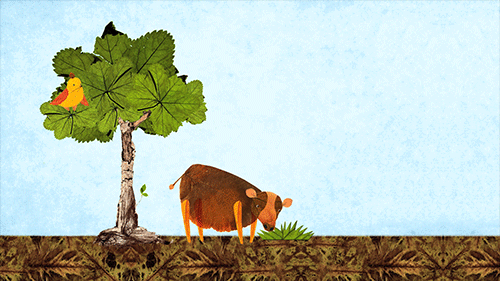
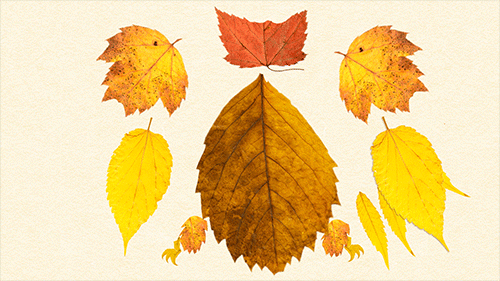
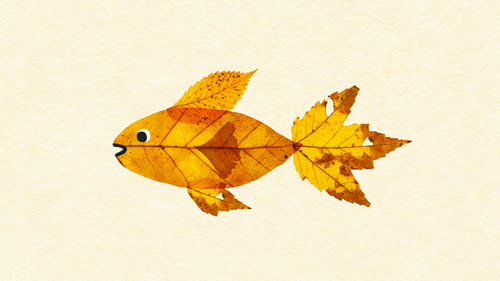
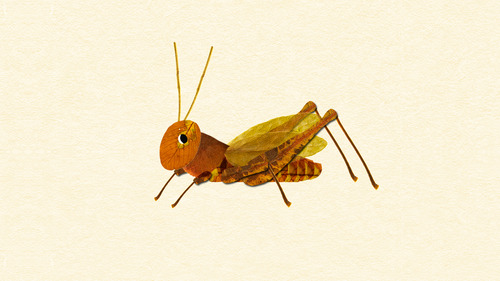
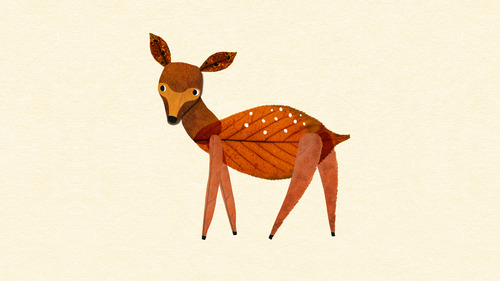
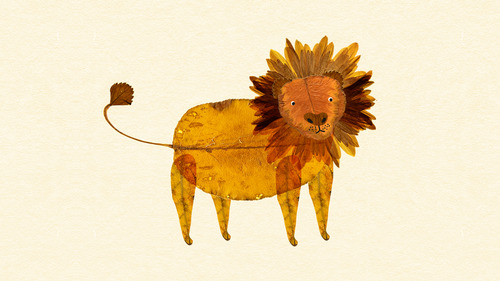
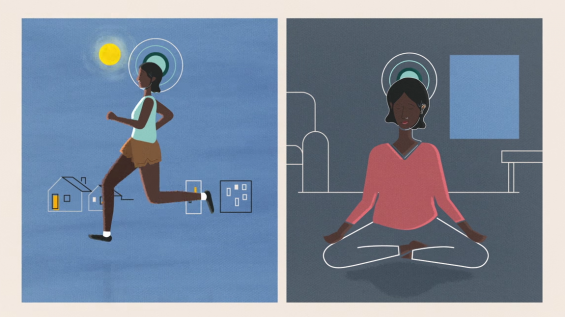
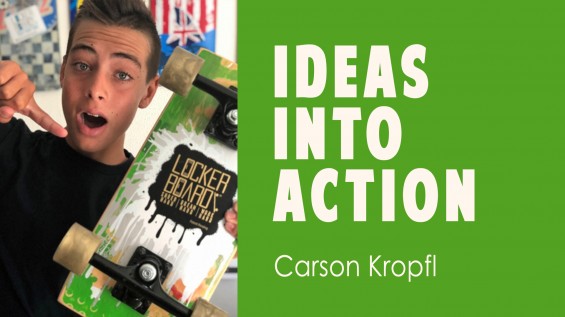
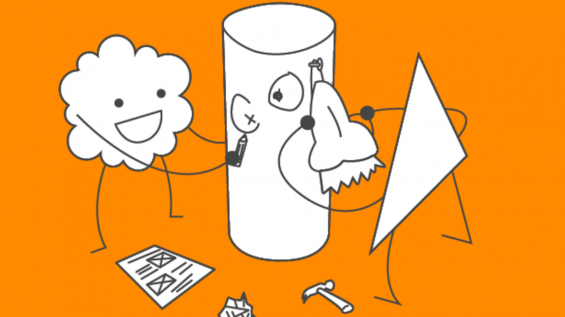
Thank you for this great video!
Informative piece of art. Beautiful!